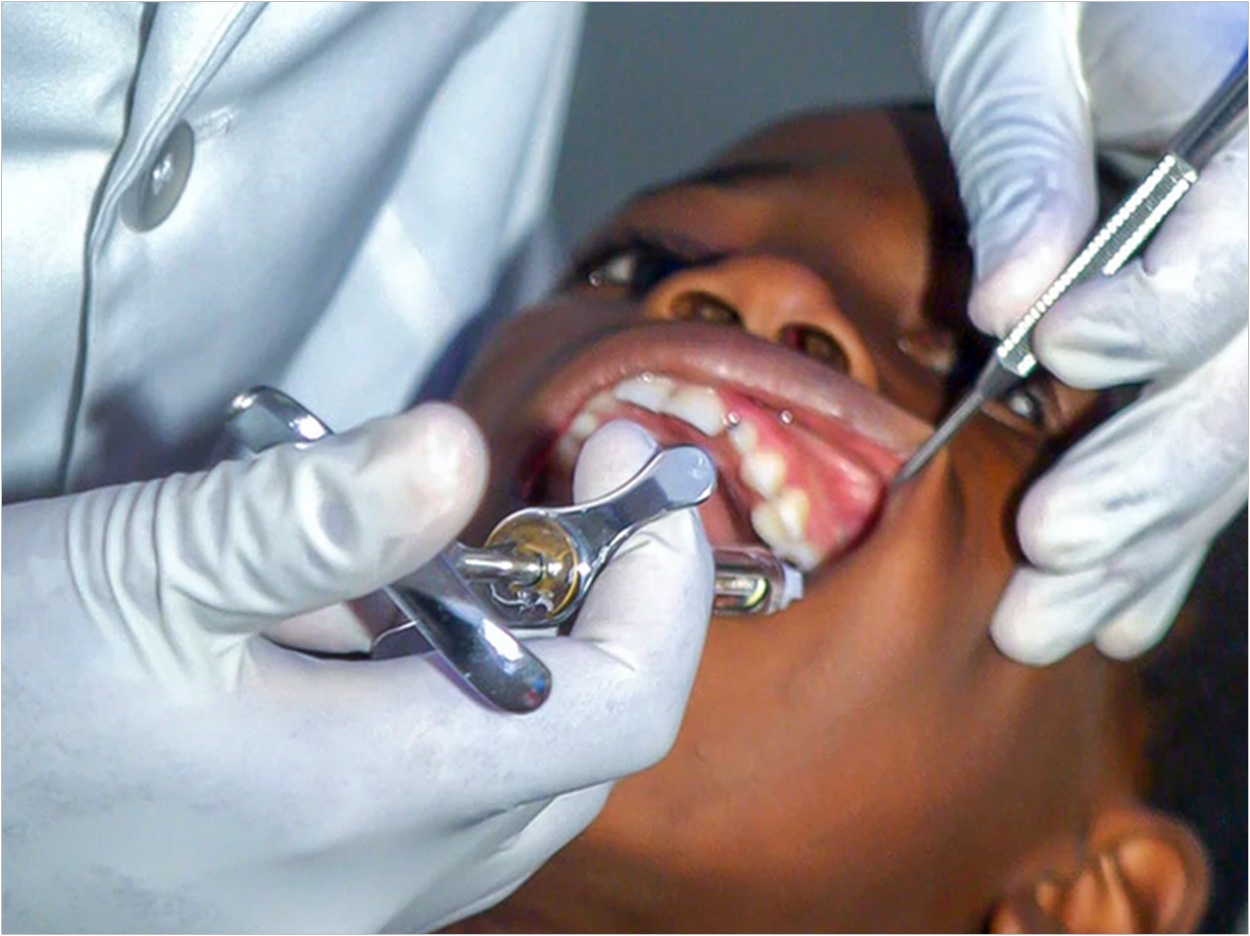
In observance of National Dental Care Awareness Month this May, the North Carolina Department of Health and Human Services (NCDHHS) has released the NC Oral Health Improvement Plan to stress the importance of oral health and to address oral health challenges affecting state residents.
Difficulty accessing dental care can compound poor outcomes, the department said. Oral disease can cause pain and infections and contribute to problems with eating, speaking, and learning. It also can affect social interaction and employment potential.
“Improving North Carolina’s oral health outcomes requires dedicated providers, resources, and strategic planning to apply evidence-based practices,” said Dr. Sarah Tomlinson, NCDHHS state dental director and Oral Health Section chief.
“Our focus for 2020-2025 is strengthening regional partnerships as we work together to address disparities and improve oral health for our most vulnerable citizens,” Tomlinson said.
The plan includes strategic actions to address disparities among populations experiencing a disproportionate burden of oral disease and was developed in partnership with the safety net dental providers and oral health stakeholders across the state.
It is the first plan of its kind in the country to be written at such scale by the dental safety net community tasked with its implementation with more than 350 people, both internal and external partners, collaboratively creating the plan, which represents more than 200 organizations, the NCDHHS said.
These partnerships include North Carolina’s 10 Regional Oral Health Alliances (ROHAs). Facilitated and supported by the Oral Health Section’s Public Health Dental Hygienists, ROHAs bring together diverse oral health advocates at the community level.
The collaboration with ROHAs played a significant role in creating the NC Oral Health Improvement Plan, the NCDHHS said, with each ROHA creating an improvement plan that was then combined to create the NC Oral Health Improvement Plan.
“We all want North Carolinians to have the opportunity for oral health. That means addressing upstream drivers of health and assuring access to quality and affordable preventive services,” said Mark Benton, assistant secretary for public health. “By working together, we are more likely to see improved oral health across the state.”
In compiling their individual regional oral health plans, partners across North Carolina identified three common populations: those in early childhood, pregnant women, and tobacco consumers.
The ROHAs drafted a plan of action and identified and prioritized strategies that either supported the dental public health programs already in place or proposed targeted evidence-based programs to incorporate in their region.
Examples of evidence-based and promising practices shown to reduce tooth decay include community water fluoridation, fluoride varnish application by medical and dental providers, dental sealants, and securing dental homes for children found to have dental needs, said the NCDHHS.
Related Articles
Memorandum of Understanding to Improve Access to Dental Care in North Carolina
Task Force Recommends Fluoride Varnish for All Young Children
Dugoni School of Dentistry Launches Oral Health Public Awareness Campaign












